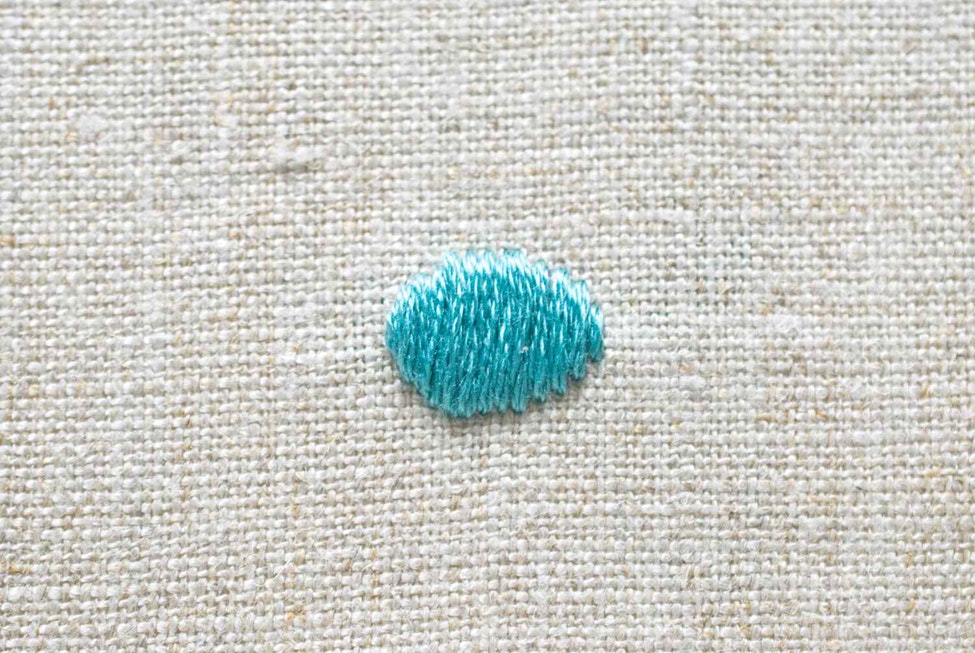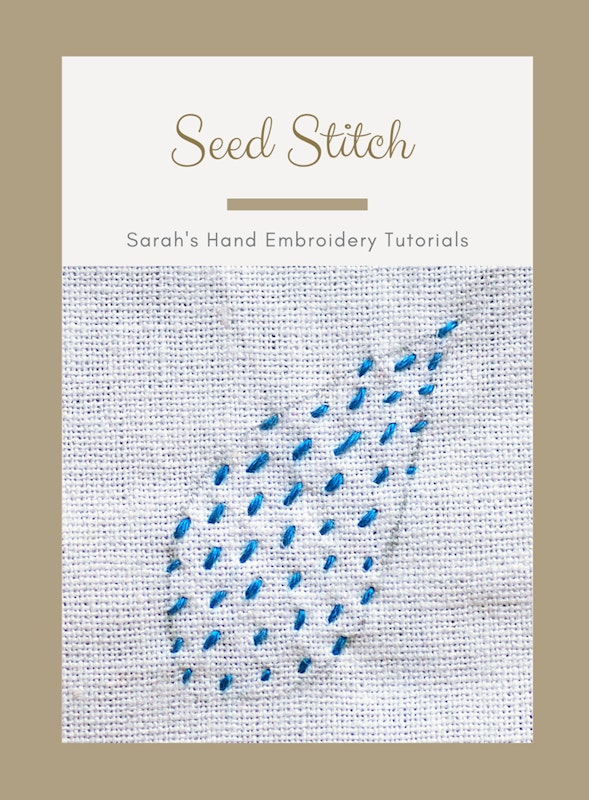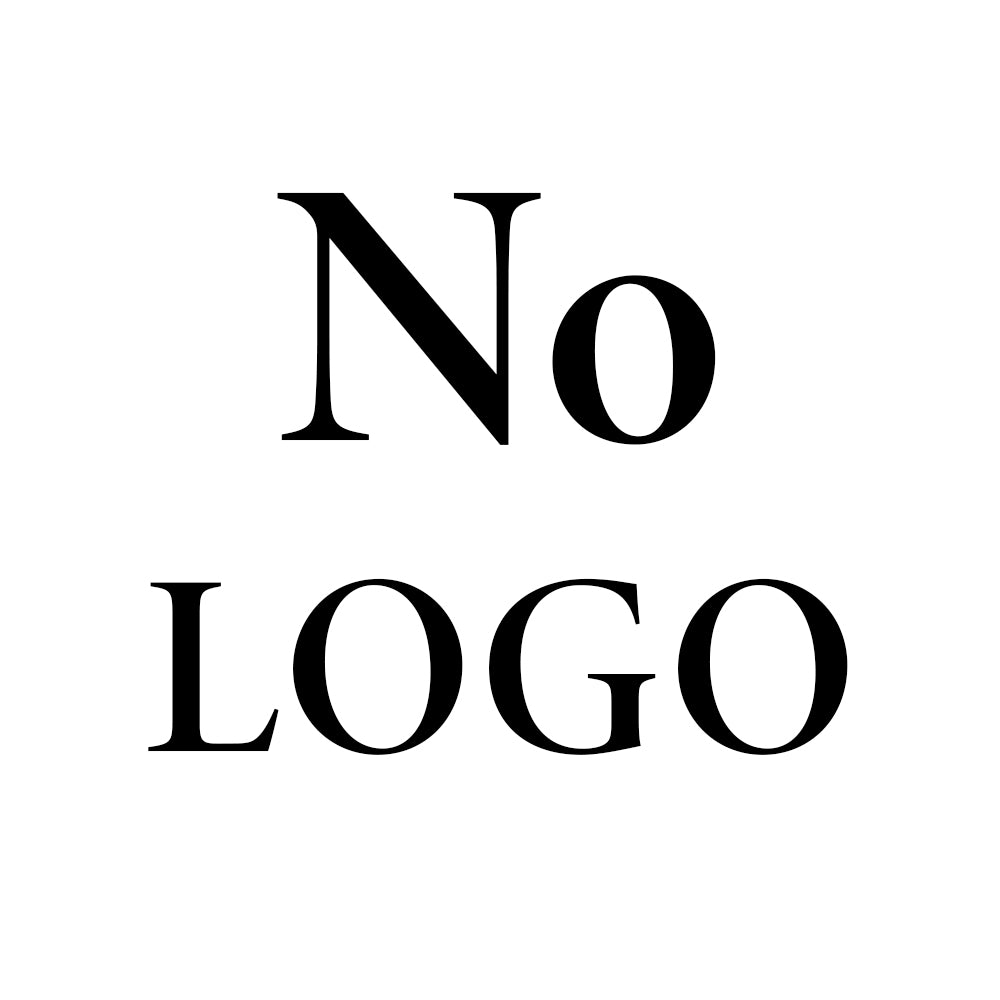Embroidery is an excellent choice for customizing clothing with colorful and unique details. While blackwork and crewelwork are popular types of embroidery, they are not the only available options.
While this article cannot cover every embroidery type and stitching technique, we can show you the six basic embroidery styles and the best stitches for creating them. By the end, you should have no trouble picking the most suitable stitching technique for bringing your planned embroidery to life.
Types of Embroidery Techniques
You can embroider a fabric through hand or machine embroidery. Both methods require a needle and thread, but machine embroidery tends to be faster and more accurate. However, hand embroidery gives you the satisfaction of starting and finishing a work of art with your hands.
Also, starting a hand embroidery project costs less since you don’t have to buy pricey embroidery equipment. Lastly, most embroidery machines cannot stitch gradient and small intricate designs. For these reasons, you are better off mastering hand embroidery.
Below are embroidery types you can create by hand:
Crewel Embroidery

Source: Pinterest
Crewel embroidery involves using yarn and wool fibers to create surface embroidery on a firm and densely woven fabric. The technique typically relies on free stitching instead of counted stitching. Free stitching allows you to freely move the fabric and needle to create any embroidery design you desire.
Due to the thickness of the yarn or wool thread used for crewel embroidery, finished works typically have more texture and dimension. The thick and heavy threads also ensure that the embroidery will maintain its beauty for a long time.
Pulled Thread Embroidery

Source: Nordic Needle
Pulled thread embroidery is a type of whitework embroidery. Whitework embroidery features needlework that is the same color as the canvas or fabric. Unlike other whitework embroideries, the pulled thread technique involves tight stitches that pull the fabric’s weave.
Pulling the weave creates holes in the fabric, which you can arrange in a pattern to accentuate your embroidery. For such embroidery, you will need a thread that can withstand tension. Excellent choices include pearl cotton and silk threads.
Needlepoint

Source: Pinterest
If you are new to embroidery, needlepoint is one of the easier techniques to master. The embroidery style involves using a canvas with holes, also called a stiff open weave canvas. You can find fabric and plastic canvases for needlepoint. Also, since the stitch holes in the canvas are larger than what tight weave fabrics have, you can use yarn instead of regular thread.
Stumpwork

Source: Miriam Blaylock
Stumpwork, also called raised work, is the best type of embroidery if you want the finished work to have a three-dimensional effect. Unlike other types of embroidery that blend into the fabric, stumpwork looks like it’s jumping off the canvas.
Wire threads are the preferred material for creating the raised stitches of a stumpwork embroidery. You can also embellish a stumpwork embroidery with silver and gold threads, silk threads, pearls, semi-precious stones, beads, and feathers.
Blackwork Embroidery

Source: Auckland Museum
Blackwork embroidery in its simplest form involves embroidering on white fabric with black thread. The counted thread embroidery technique can create geometric designs and floral, star, or lattice patterns. Blackwork embroideries typically come out best when done on even-weave fabrics like linen or cotton/rayon blends.
Types of Embroidery Stitches
Different types of embroidery stitches are available for bringing your embroidery project to life. If you want to pick the best stitching technique for your next embroidery, apply these tips:
- Familiarize Yourself with Your Options: While you cannot master all types of embroidery stitches, you should at least learn a few different ones. Understanding and practicing various types of embroidery knots and stitches will enable you to use the most appropriate one for a project.
- Experiment with Different Styles: Before settling on a style, try out a couple of stitching techniques to identify the best-looking one for your project.
- Use the Right Materials: Ensure that you use a fabric and embroidery thread that best suits your project. You should also use good quality products. Otherwise, your finished embroidery may not stand the test of time.
If you are new to embroidery stitches, below are popular styles recommended by Spruce Crafts:
French Knot Stitch

Source: The Spruce
The French knot stitch or French embroidery can be tricky to learn, but mastering it can equip you to complete various types of embroideries. The style is ideal for embroidering textured fills, such as filling small circles within embroideries.
Making the stitch requires wrapping a needle to create a knot on the canvas surface. You have to hold the working thread taut but not too tight for the stitch to come out beautifully.
Satin Stitch

Source: The Spruce
The satin stitch is one of the oldest embroidery stitches. Most artists use it to fill areas within an embroidery. While various satin stitch styles are available, it is basically several straight stitches worked side by side. Mastering the technique is straightforward, and you can make the stitching neatly by first outlining the space you want to fill with the needlework.
Bullion Stitch

Source: Sarah’s Hand Embroidery Tutorials
The bullion stitch is an advanced stitching technique that looks like a long French knot. The elongated shape makes the stitching ideal for creating beautiful floral patterns and simple motifs. Since the stitching has an embossed look, you can use it to create stumpwork or similar-looking three-dimensional embroideries.
Seed Stitch

Source: Sarah’s Hand Embroidery Tutorials
Seed stitches are simple to stitch patterns, consisting of several alternating knots. The style gets its name from the stitches looking like little seeds on the canvas. You can create it by combining knit stitches and purl stitches and leaving a row between each knot.
Click here to discover more types of embroidery stitches.
Don't Forget About the Fabric!
The best fabric for embroidery will depend on the type of embroidery you want to create and the embroidery technique you intend to use. For instance, you should pick a fabric with a color that won’t clash with your embroidery design.
Also, Beth Colletti recommends that first-timers use a natural fabric that retains its shape well. If you use an overly stretchy fabric, it could warp your embroidery or lead to loose stitches.
Lastly, if you intend on wearing the embroidered fabric, you should wash and dry it before embroidering. Doing this can prevent the fabric from shrinking after embroidering. Check out this article for more on everything you should know before getting your fabrics embroidered.
Now, let’s look at some of the best fabrics for embroidery:
Cotton
Natural cotton is arguably the best fabric for embroidery. The material has a dense weave that simplifies adding almost any kind of stitching. The user-friendliness of the fabric makes it ideal for beginner embroiderers, and you can get cotton textiles in several colors.
Also, depending on the type of embroidery you want to make, you can get a lightweight or heavyweight cotton material. Check out these examples of custom embroidered cotton t-shirts.
Denim
Denim is a type of cotton, but it is thicker and heavier than regular cotton. The thickness of denim allows you to create various complicated decorative stitches without tearing the fabric. Check out this long sleeve denim shirt that you can customize with embroidery.
Linen
100% linen is resilient, and it does not stretch, making the fabric an excellent option for various types of embroidery stitches. The fabric’s lightness allows you to pass your needle and thread through it with ease, and you can get linen fabrics in various interesting colors.
Duck Cloth (aka Canvas)
Duck cloth is a heavyweight fabric that makes a wonderful canvas for embroidery. You can embroider the fabric to create wall art or make a tote bag out of the embroidered fabric. Due to the thickness of the fabric, you will need a sharp, large needle and thick threads that won’t break. Check out these custom embroidered tote bags.
Wool
Embroidering fuzzy wool can be tricky because the loose fibers can obscure your stitching. Fortunately, you can find plain wool fabrics that do not stretch or have loose fuzz. Such wool fabrics make an excellent canvas for stitching various embroidery patterns, and even better, wool does not shrink.
Burlap
Densely woven fabrics are typically the best for embroidery, but loosely woven materials like burlap can also work. Prevent the material from fraying during embroidery by using needlepoint stitches or coating the burlap with acrylic paint before stitching. You should also use a thick yarn for the embroidery stitches.
What Else Do You Need To Start Embroidering?
Before starting any embroidery project, you need a needle, canvas, and thread. The best thread for the job will be a six-stranded embroidery thread. You can customize the thickness of the thread to match your stitching. You will also need a pair of sharp scissors for cutting your thread.
What about an embroidery hoop? An embroidery hoop is not essential, but having one can make your hand embroidery easier and neater. The hoop will help stretch your fabric and prevent it from puckering while making your stitches.
Instead of buying everything you need separately, you can buy an embroidery kit. The best kits will contain everything you need, including explainers that cover the kind of stitches to use. Click here for more on the materials you need for successful embroidery.
Embroidery Does Not Have to Be Hard
Now that you know the different types of embroidery names, are you ready to make embroidered clothing? The process can be enjoyable and fulfilling once you master the stitching techniques and have the right materials. Alternatively, let our Thread Logic team make all your embroidered custom apparel for you.
For over 20 years, we have served as the go-to provider of embroidery solutions to organizations and individuals. Check out our best sellers and verified reviews, then contact us to discuss your embroidery needs.


